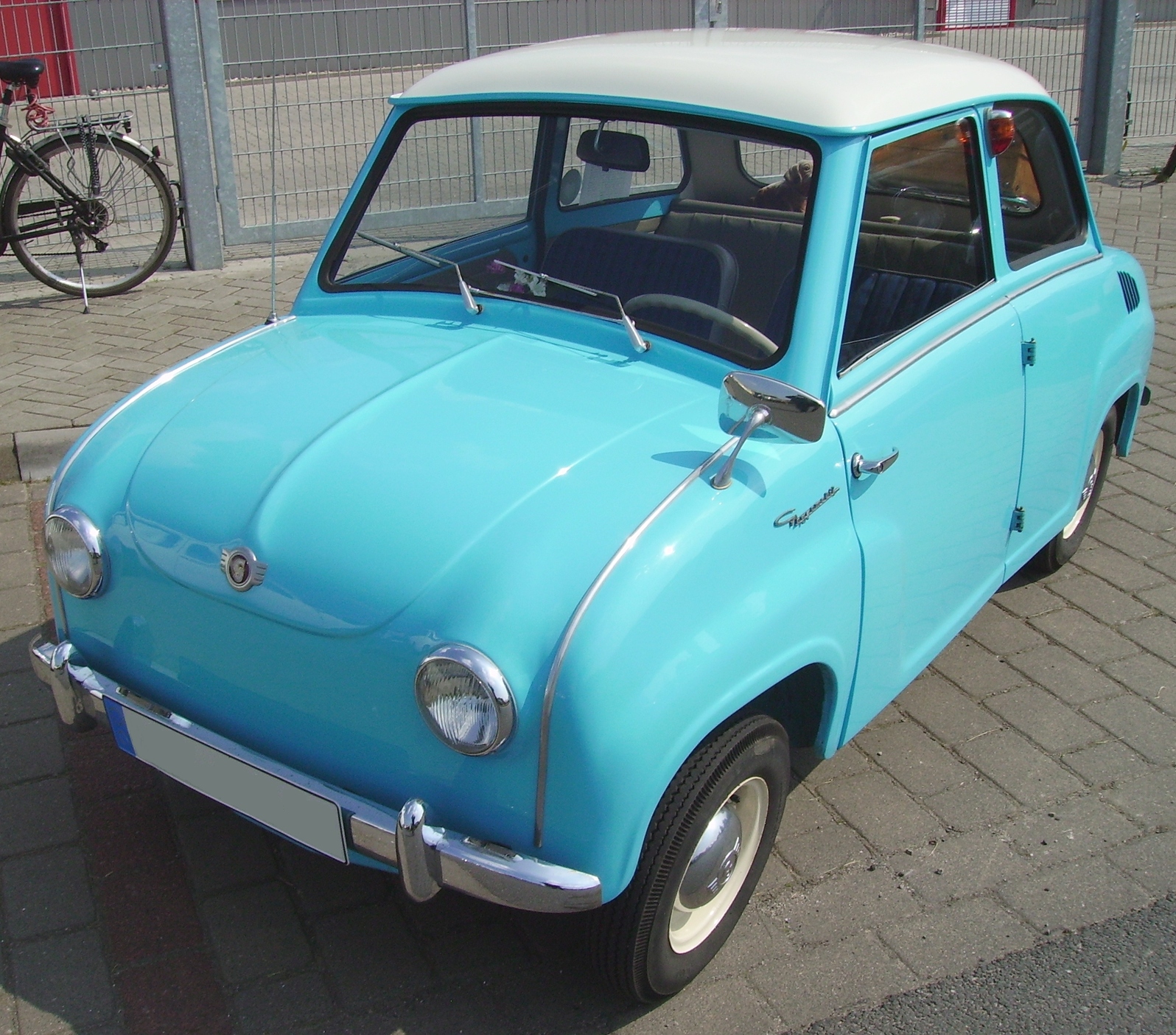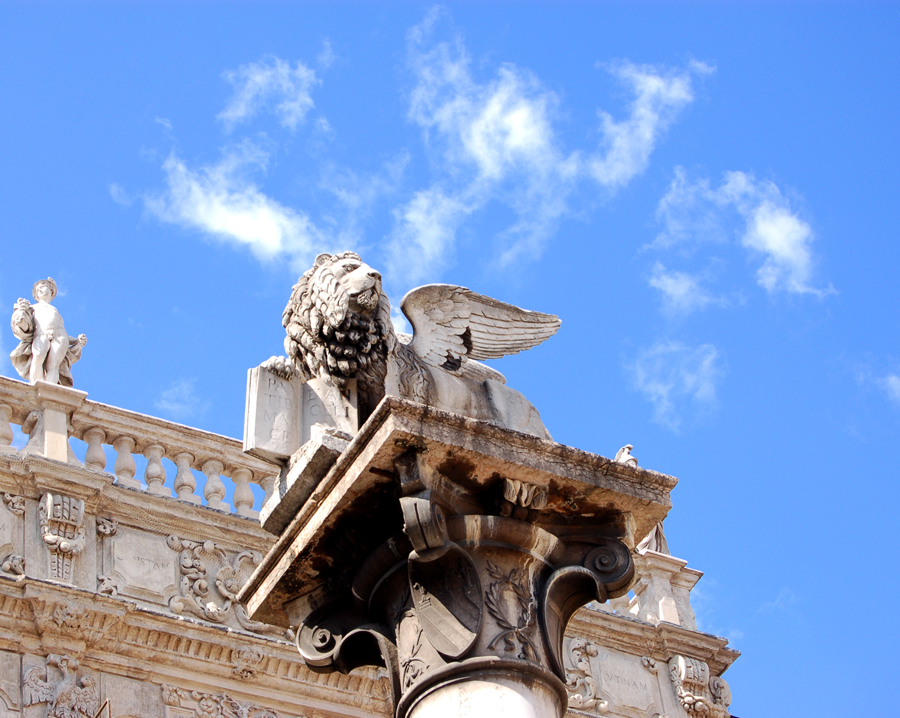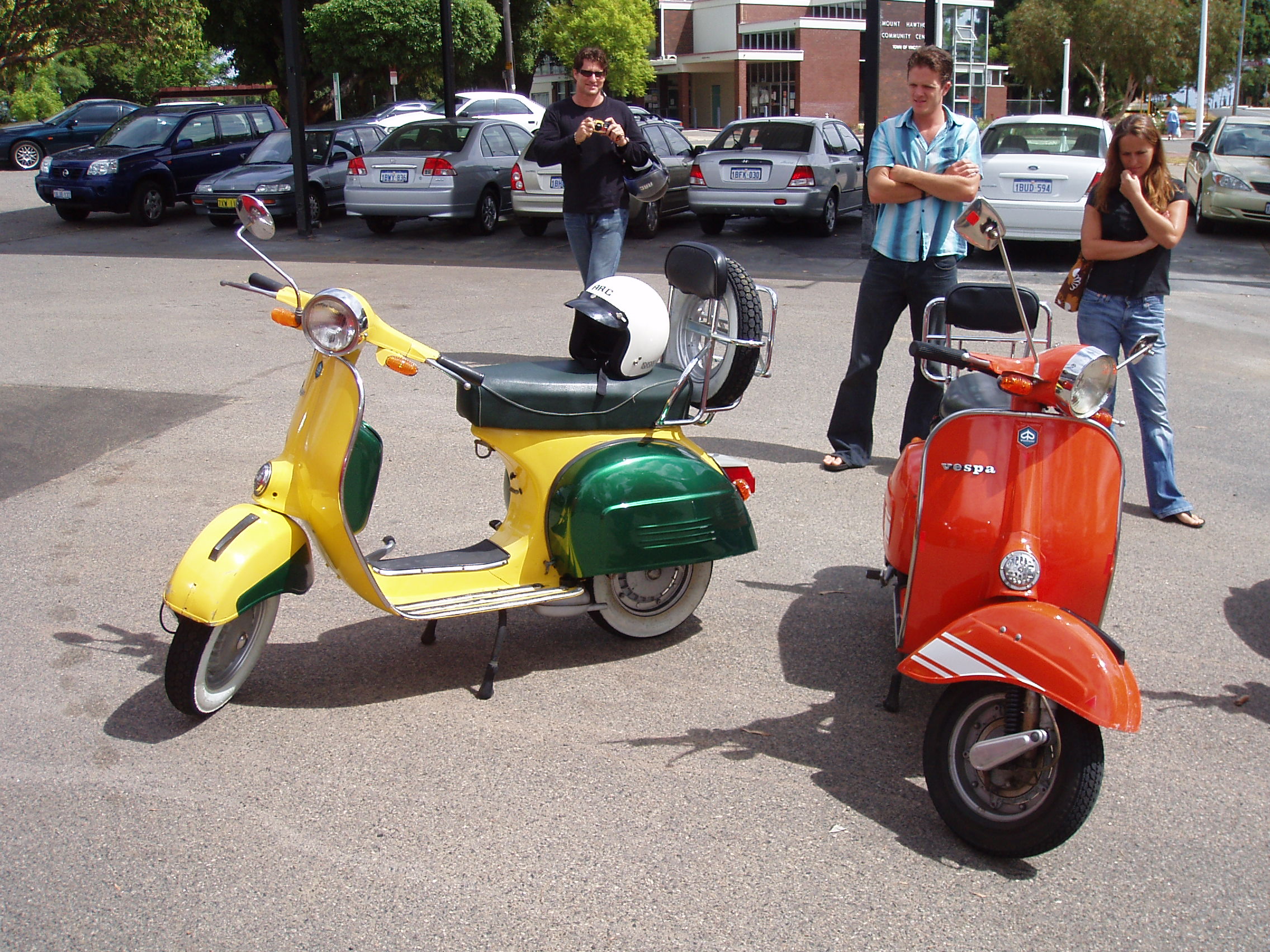|
Glas (company)
Hans Glas GmbH is a former German automotive company, which was based in Dingolfing. Originally a maker of farm machinery, Glas evolved first into a producer of motor scooters, then automobiles. It was purchased by BMW in 1966, mainly to gain access to Glas's patents; they were the first to use a timing belt (camshaft), timing belt with an overhead camshaft in an automotive application. Its limited model range was shortly phased out by its new parent. History Mechanic Andreas Glas (born 1857, son of Maurus who founded the first agricultural machinery factory in Bavaria in Freising in 1860) founded his own repair company for agricultural machines in 1883 in Pilsting. He named the company ''Andreas Glas, Reparaturwerkstätte für landwirtschaftliche Maschinen mit Dampfbetrieb'' (in English language, English: Andreas Glas, repair-shop for steam-powered agricultural machines). During the summer periods about 16 people worked for him. In 1905 Andreas Glas' company built their firs ... [...More Info...] [...Related Items...] OR: [Wikipedia] [Google] [Baidu] |
Dingolfing
Dingolfing () is a town in southern Bavaria, Germany. It is the seat of the Landkreis (district) Dingolfing-Landau. Dingolfing is home of a BMW assembly plant. History The area now called Dingolfing was first mentioned in ''Tinguluinga'' in the year 833. In the year 1251 the duke of Duchy of Bavaria, Bavaria, Otto II. awarded municipal rights to the town, which was the Upper City. The Lower City, around the church of St. John's, was an older settlement belonging to the Prince-Bishopric of Regensburg. By treaty of 1265 between Duke and Bishop, both cities were united. Dingolfing's large growth took place during the years of about 1315 to 1600. During this time the city prospered mostly through trade, fishing, leather craft and the production of wool cloths. The duke promoted these works, causing Dingolfing to prosper even more. The war of Austrian succession caused very heavy damage to the city and decimated the population by epidemics. The city became nothing more than debr ... [...More Info...] [...Related Items...] OR: [Wikipedia] [Google] [Baidu] |
Glas Isar
The Glas Isar is a small two door four seater car produced by Hans Glas GmbH at their Dingolfing plant. The car was first presented as the Goggomobil T600 in September 1957 at the Frankfurt Motor Show, with volume production starting in August 1958. Initially Glas described it simply as a "big Goggomobil", but in autumn 1959 it was rebranded as the Glas Isar. At the same time a kombi (estate car) version joined the range. A minor facelift occurred in August 1960 and the Isar continued in production until the end of Summer 1965. The car is named after the Isar river which comes from the Alps, flows through the Bavarian capital Munich and eventually empties itself after a journey of almost 300 kilometres near Deggendorf, where Glas has its headquarters, into the Danube. Origins The car that appeared at the 1957 Frankfurt Motor Show was a prototype which in the event differed significantly from the car that entered production the next year, in that it used front wheel dri ... [...More Info...] [...Related Items...] OR: [Wikipedia] [Google] [Baidu] |
Popular Science
Popular science (also called pop-science or popsci) is an interpretation of science intended for a general audience. While science journalism focuses on recent scientific developments, popular science is more broad ranging. It may be written by professional science journalists or by scientists themselves. It is presented in many forms, including books, film and television documentaries, magazine articles, and web pages. History Before the modern specialization and professionalization of science, there was often little distinction between "science" and "popular science", and works intended to share scientific knowledge with a general reader existed as far back as Greek and Roman antiquity. Without these popular works, much of the scientific knowledge of the era might have been lost. For example, none of the original works of the Greek astronomer Eudoxus (4th century BC) have survived, but his contributions were largely preserved due to the didactic poem '' Phenomena'' writte ... [...More Info...] [...Related Items...] OR: [Wikipedia] [Google] [Baidu] |
Horsepower
Horsepower (hp) is a unit of measurement of power, or the rate at which work is done, usually in reference to the output of engines or motors. There are many different standards and types of horsepower. Two common definitions used today are the imperial horsepower as in "hp" or "bhp" which is about , and the metric horsepower as in "cv" or "PS" which is approximately . The electric horsepower "hpE" is exactly , while the boiler horsepower is 9809.5 or 9811 watts, depending on the exact year. The term was adopted in the late 18th century by Scottish engineer James Watt to compare the output of steam engines with the power of draft horses. It was later expanded to include the output power of other power-generating machinery such as piston engines, turbines, and electric motors. The definition of the unit varied among geographical regions. Most countries now use the SI unit watt for measurement of power. With the implementation of the EU Directive 80/181/EEC on 1 January 201 ... [...More Info...] [...Related Items...] OR: [Wikipedia] [Google] [Baidu] |
Verona
Verona ( ; ; or ) is a city on the Adige, River Adige in Veneto, Italy, with 255,131 inhabitants. It is one of the seven provincial capitals of the region, and is the largest city Comune, municipality in the region and in Northeast Italy, northeastern Italy. The metropolitan area of Verona covers an area of and has a population of 714,310 inhabitants. It is one of the main tourist destinations in Northern Italy because of its artistic heritage and several annual fairs and shows as well as the Opera, opera season in the Verona Arena, Arena, an ancient Ancient Rome, Roman Amphitheatre, amphitheater. Between the 13th and 14th centuries, the city was ruled by the Scaliger, della Scala family. Under the rule of the family, in particular of Cangrande I della Scala, the city experienced great prosperity, becoming rich and powerful and being surrounded by new walls. The della Scala era is preserved in numerous monuments around Verona. Two of William Shakespeare's plays are set in Ve ... [...More Info...] [...Related Items...] OR: [Wikipedia] [Google] [Baidu] |
Scooter (motorcycle)
A scooter (motor scooter) is a motorcycle with an underbone or step-through frame, a seat, a transmission that shifts without the operator having to operate a clutch lever, a platform for their feet, and with a method of operation that emphasizes comfort and fuel economy in automobiles, fuel economy. Elements of scooter design were present in some of the earliest motorcycles, and motor scooters have been made since at least 1914. More recently, scooters have evolved to include scooters exceeding 250cc classified as Maxi-scooters. The global popularity of motor scooters dates from the post-World War II introductions of the Vespa and Lambretta models in Italy. These scooters were intended to provide economical personal transportation (engines from ). The original layout is still widely used in this application. Scooter (motorcycle)#Maxi-scooter, Maxi-scooters, with larger engines from have been developed for Western markets. Scooters are popular for personal transportation par ... [...More Info...] [...Related Items...] OR: [Wikipedia] [Google] [Baidu] |
Vespa
Vespa () is an Italian brand of scooters and mopeds manufactured by Piaggio. The name means wasp in Italian. The Vespa has evolved from a single model motor scooter manufactured in 1946 by Piaggio & Co. S.p.A. of Pontedera, Italy, to a full line of scooters and one of seven companies today owned by Piaggio. From their inception, Vespa scooters have been known for a painted, pressed steel body which combines, in a unified structure: a full cowling enclosure around the engine concealing dirt or grease, a flat floor panel protecting the feet, and a prominent front fairing to divert wind and rain. History After World War II, in light of its agreement to cease war activities with the Allies, Italy had its aircraft industry severely restricted in both capability and capacity. Piaggio emerged from the conflict with its Pontedera bomber plane plant demolished by bombing. Italy's crippled economy, and the disastrous state of its roads, were not immediately conducive to the re ... [...More Info...] [...Related Items...] OR: [Wikipedia] [Google] [Baidu] |
V8 Engine
A V8 engine is an eight- cylinder piston engine in which two banks of four cylinders share a common crankshaft and are arranged in a V configuration. Origins The first known V8 was the Antoinette, designed by Léon Levavasseur, and built in 1904 by the French Antoinette company for use in speedboat racing, cars, and later, airplanes. Also in 1904, V8 engines began small-scale production by Renault and Buchet for use in race cars. Design V-angle Most engines use a V-angle (the angle between the two banks of cylinders) of 90 degrees. This angle results in good engine balance, which results in low vibrations. However, the downside is the greater width of the engine compared to those that use a smaller V-angle. V8 engines with a 60-degree V-angle were used in the 1996–1999 Ford Taurus SHO, the 2005–2011 Volvo XC90, and the 2006–2009 Volvo S80. The Ford engine used a 60-degree V-angle because it was based on a V6 engine with a 60-degree V-angle. ... [...More Info...] [...Related Items...] OR: [Wikipedia] [Google] [Baidu] |





